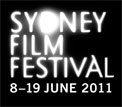 For a day that began with a repeat screening of Miranda July’s The Future, many of today’s screenings concerned the past. Along with documentaries A Letter to Elia, LENNONYC and Beats, Rhymes & Life: The Travels of A Tribe Called Quest, another of the Douglas Sirk retrospectives played (All That Heaven Allows) as well as Takaski Miike’s period chanbara film 13 Assassins. Top Floor Left Wing was getting almost universal acclaim on the social media, while two more competition films made their Australian debuts in the form of Target and The Forgiveness of Blood. – June 12th, 2011.
For a day that began with a repeat screening of Miranda July’s The Future, many of today’s screenings concerned the past. Along with documentaries A Letter to Elia, LENNONYC and Beats, Rhymes & Life: The Travels of A Tribe Called Quest, another of the Douglas Sirk retrospectives played (All That Heaven Allows) as well as Takaski Miike’s period chanbara film 13 Assassins. Top Floor Left Wing was getting almost universal acclaim on the social media, while two more competition films made their Australian debuts in the form of Target and The Forgiveness of Blood. – June 12th, 2011.
He named names. Despite directing A Streetcar Named Desire, On the Waterfront, East of Eden and Splendor in the Grass, for many people the fact that Elia Kazan was cooperative with the House Un-American Activities during the Communist witch-hunts of the 1950s was simply unforgivable. Filmmaker Martin Scorsese shares a personal affinity with Kazan, and together with Kent Jones, Scorsese delivers a deeply personal love letter to Kazan. Through clips from his films, still photos, readings from Kazan’s autobiography and other speeches, as well as a video taped interview with the controversial director, Scorsese speaks (often directly to camera) about how Kazan’s films have touched him, and what they mean to him personally and cinema generally. Scoreses dissects certain scenes in films, such as the infamous “I could have been a contender” speech from On the Waterfront. He speaks to the immigrant experience in America, America and the raw immediacy of the streets from Boomerang or Panic on the Streets that would later find their way into Scorsese’s earlier works. Scorsese able brushes aside controversy, and brings our attention rightly back to where it belongs: the films of a master.
[stextbox id=”custom” caption=”The Reel Bits”]A love letter from one great master of cinema to another, spoken in the language that they both know best: film.[/stextbox]
A Letter to Elia does not currently have an Australian release date.
Fans of The Beatles and any of the subsequent solo projects have never been wanting for footage of the fab four, with literally thousands of hours of their lives committed to camera. While John Lennon’s life has been the subject of a number of excellent documentaries already, including the posthumous tribute Imagine: John Lennon, LENNONYC attempts to take a holistic approach to Lennon’s life and connections to New York city, where he spent the last decade of this life and was ultimately shot and killed in front of the Dakota Building near Central Park. While this documentary covers much of the same ground as the recent The US vs. John Lennon, at least in tracing his struggles with immigration to remain in the United States, writer/producer/director Michael Epstein tries to balance that with the influence on his music and personal life. Despite glossing over things like John’s affair with May Pang, perhaps due to the extensive involvement of Yoko Ono, Epstein assembles a great collection of interviews, never-before heard studio recordings from the Double Fantasy sessions and never-before-seen outtakes from Lennon in concert and home movies that have only recently been transferred to video.
[stextbox id=”custom” caption=”The Reel Bits”]A terrific document to the life and music of a artist who quite literally changed the face of music in the second half of the twentieth century. The familiar seems new again in this often very emotionally charged piece.[/stextbox]
LENNONYC does not currently have an Australian release date.
While this 30-minute short actually screened with LBF, reviewed below, it is worth its own examination purely due to its pedigree. Director Spike Jonze (Being John Malkovich, Where the Wild Things Are) collaborated with Canadian indie darlings Arcade Fire on their most recent album “The Suburbs”, presenting something that is part narrative and part music video. Ostensibly a coming of age story about the breakdown of a friendship over a summer, set against the backdrop of a dystopian United States divided by militant martial law, Jonze’s story is in no particular hurry to get where it is going. While the music of Arcade Fire is undoubtedly the drawcard here, and fans will have seen elements of this film in the music video for “The Suburbs” (and the band all have cameos in the film), the entire short sometimes feels as though it is a music video that has overstayed its welcome by 25 minutes. Yet Jonze is one of the few artists still working in the medium of music videos that truly tries to create a unique work of art every time, and examining Scenes from the Suburbs on this level will lead to a far more rewarding and rewatchable experience.
[stextbox id=”custom” caption=”The Reel Bits”]An extended music video that sits somewhere between nostalgia and political wake-up call, one suspects that its impact will only grow with time and repeat viewings.[/stextbox]
Scenes from the Suburbs does not currently have an Australian release date.
Alex Munt’s LBF, based on the Cry Bloxsome novel Living Between Fucks, is a self-decalred pop-art film that debuted at the most recent SXSW. When Paris-based writer Goodchild (Toby Schmitz, Griff the Invisible) returns home to Sydney for the funeral of The Dead Girl (Gracie Otto), an ex-girlfriend, he spents his days having sex, drinking heavily and taking drugs. He becomes involved in a project with the The Beautiful Financial Backer (Bianca Chiminello) to write about love for commercial purposes, but gets so caught up in the concept of love that he begins to question his own existence. Peppered with the songs of Sydney-based bands, including Teenagers in Tokyo, Tennis (now Tortoiseshell), Fergus Brown, it also features Kids At Risk, with frontman Septimus Cato appearing in the film. Schmitz is such a terrific actor, as anybody who has seen his stage work can attest, and his natural comic timing carries much of this meandering film. At just over an hour, LBF may have a point about the nature of love, it just takes a long time getting there, with a cast full of people who are all “LOOK MUM! I’M REALLY ACTING!”.
[stextbox id=”custom” caption=”The Reel Bits”]An interesting experiment in trying to capture the pulse of a city, but it ultimately fails to engage as a narrative piece.[/stextbox]
LBF does not currently have an Australian release date.
Know for his violent excesses of Audition and Ichi the Killer, Miike Takashi has often been unfairly labelled the ‘Tarantino of the East’, a moniker that insults them both. When master samurai Shinzaemon Shimada (Kôji Yakusho, The Summit: A Chronicle of Stones) is summoned to assassinate Lord Naritsugu, the sadistic brother of a Feudal Era shogun, he gathers together a group of elite samurai to undertake the task. Ostensibly a remake of Eiichi Kudo’s 1963 film, with seemingly heavy influences from Akira Kurosawa’s Seven Samurai, Miike’s film begins with the epic grandeur of many other chanbara films, before he quite literally unleashed all hell in a trademark 45-minute battle sequences that may be the samurai fight to end them all. Filled with flaming cattle, exploding buildings and torrents of blood, it is also beautifully shot (by The Summit’s Kimura Daisuku), impeccably cast and filled with period detail. Just when you think Miike has cashed all of his cheques, another battalion will emerge to extend the bloody mayhem in spectacular, hyper-realistic style that only Miike could deliver.
[stextbox id=”custom” caption=”The Reel Bits”]Miike has delivered his masterpiece by returning to the very roots of Japanese chanbara storytelling, sticking his own trademark blade straight through the middle and signing his name with the torrent of blood that follows.[/stextbox]
The Sydney Film Festival continues until June 19, 2011.
For more news and reviews from the Sydney Film Festival, check out our coverage of previous days of the 2011 event:

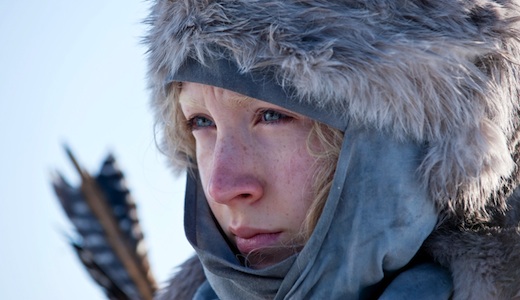
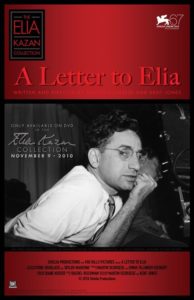
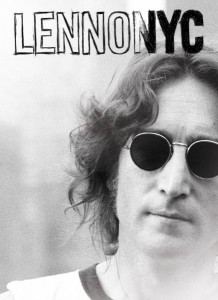
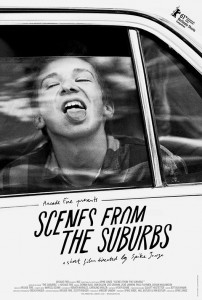
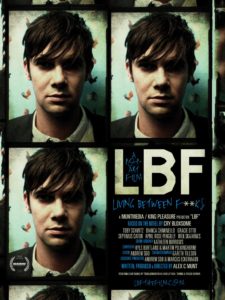
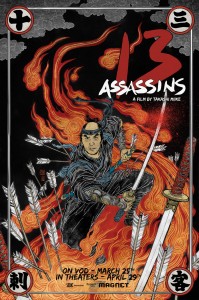
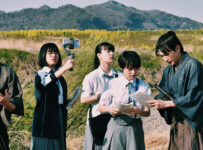
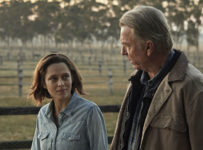

No Responses